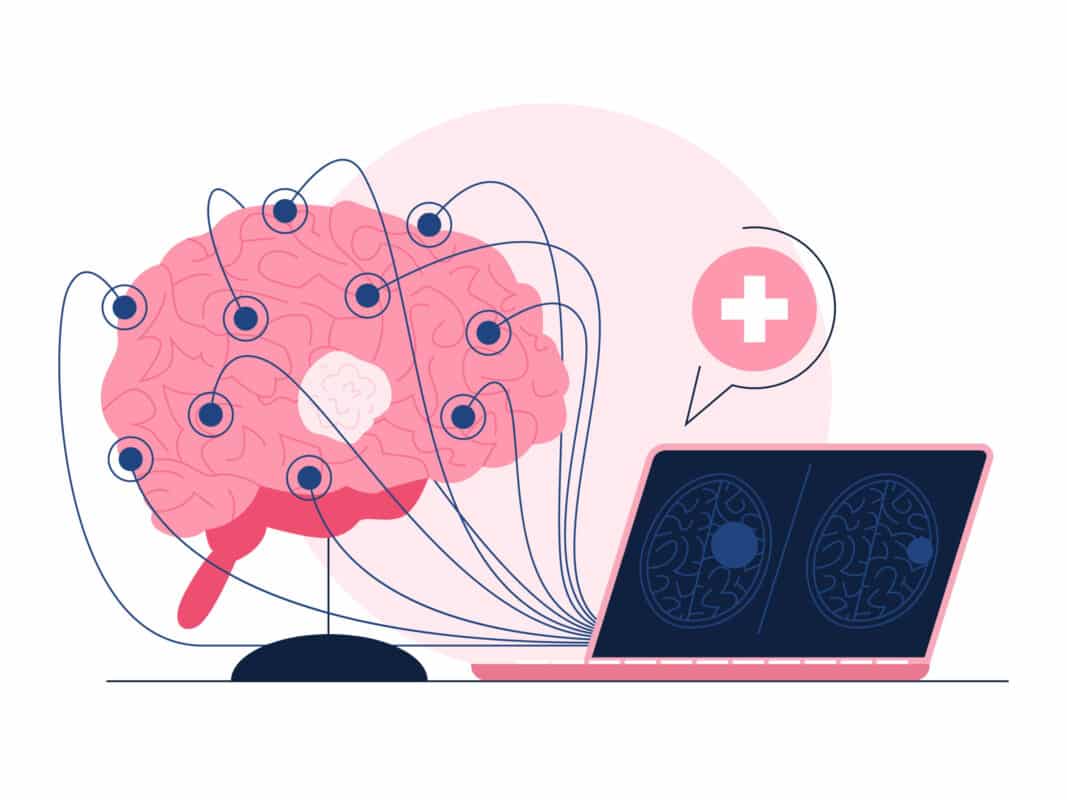In the life science industry, product development has evolved into a costly endeavor. Translational tools seek to change this.
Despite the promise of a novel molecule, it is an unfortunate fact of the life science industry that an overwhelming majority of discoveries will never result in new treatments. In fact, Valdes et al. 2018 finds that “less than 5% of all discoveries in the life sciences area have produced new drugs, treatment equipment, changes in clinical practice or in diagnostic methods.”
With such a high attrition rate, it is no wonder that drug development has become a costly endeavor; The Tufts Center for the Study of Drug asserts that average out-of-pocket cost to develop a novel prescription drug is $1.4 billion. Nevertheless, life science companies must undergo these costs in order to develop profitable products.
Such a high drug development cost can be a cause for despair. However, there is a growing body of research that seeks to mitigate the risk of failure for novel treatments, potentially saving the industry billions of dollars. Translation research promises to help industry lower the cost of drug development.
What are translational tools?
Translational research, also known as translational medicine or translational science, is the process of bringing a drug from benchside (laboratory study) to bedside (clinical practice).
In its simplest terms, translational medicine explores how scientific work moves into practice and benefits society. According to the European Society for Translational Medicine, translational medicine “was established on three pillars: benchside, bedside and community, and is devoted to promoting prevention, diagnosis and therapy of clinical disorders affecting the global population.”
Translational medicine seeks to bridge the gap between basic research and actual clinical practice through dose optimization, differentiation, satisfaction, and repositioning.
In medicine, knowing what to measure is as critical as recording the measurements themselves. For example, with COVID-19, Pfizer demonstrates the effectiveness of its vaccine by highlighting the vaccine’s protection against serious hospitalization and death. A recent US-based study confirmed that vaccinated and unvaccinated individuals infected with COVID-19 Delta Variant exhibit similar viral loads, meaning that, if Pfizer were measuring the effectiveness of its vaccine by viral load, it would fail.
Similarly, the majority of novel treatments fail in early-stage clinical trials because they are unable to demonstrate efficacy within their endpoints. Translational tools present a solution to this problem. Through translational tools, researchers can choose better endpoints, making it easier for them to demonstrate the effectiveness of a novel treatment. Better endpoints can make a real impact in neurological disorders where endpoints are limited to surveys, CTs, MRIs, and EEGs. Translational tools can also help to determine safe and effective dosing.
Translational tools have potential in the therapeutic area of Rheumatoid Arthritis (RA). Kjelgaard-Petersen, Cecilie F et al. 2018 concluded that “translational biomarkers are a potential tool for early assessment and decision‐making in drug development for RA treatment.” Using preclinical and clinical models, the researchers were able to retroactively predict that fostamatinib, a RA treatment, would not have been successful in Phase 3 clinical trials.
With the ability to predict the success of a treatment in an earlier phase, innovators can save millions of dollars and focus on treatments with the best chance of success.
Conclusion
Translational tools represent an exciting innovation for the life science industry. Choosing the right tools is paramount. Developing a translational strategy to identify which tools to use can mean the difference between the success and failure of your product. Snowfish has supported over 40 life science companies for over 20 years supporting product development. Send us an inquiry at info@snowfish.net to learn more.
- Deal in Review: AbbVie Acquires Cerevel - March 20, 2024
- Deal in Review: AbbVie Acquires ImmunoGen - December 7, 2023
- The Competitive Landscape for Weight Loss Treatments - August 25, 2023




